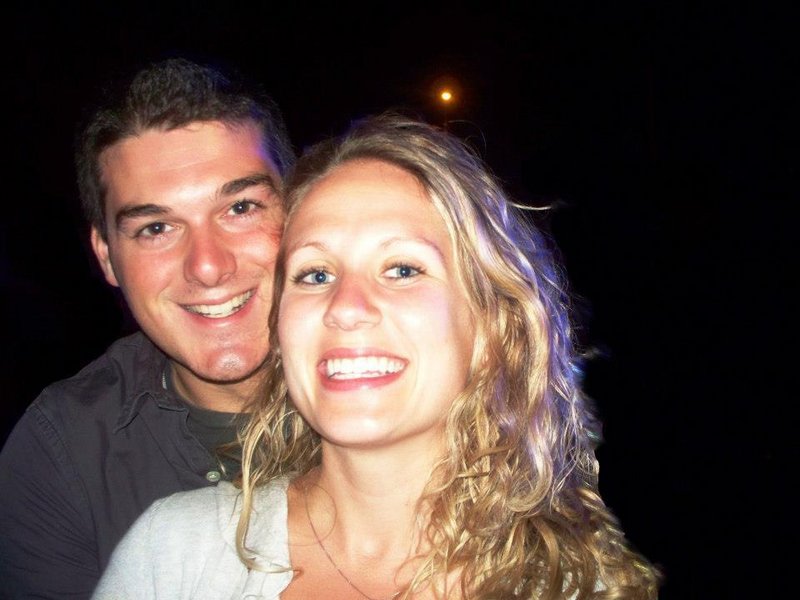Investigators say the driver of the pickup truck that collided with an airplane that crashed at Knox County Regional Airport last week followed proper safety procedures.
A preliminary report issued Wednesday by the National Transportation Safety Board says the driver, Stephen Turner, 62, of Camden, used a common radio frequency to announce his intention to cross the runway before the fatal crash late Friday afternoon.
When no one responded, Turner drove onto the runway. His pickup truck collided with a single-engine Cessna 172 that was taking off with two University of Maine students and one recent UMaine graduate on board.
All three men were killed when the plane spun out of control in the air, crashed and caught fire about 2,200 feet from the site of the collision, according to the report.
“Based on the evidence we have gathered so far, the information in the report is factual,” said Peter Knudson, an NTSB spokesman, when asked Wednesday night about Turner’s actions. “We don’t put things in the report that we are not pretty confident of.”
Though the report is preliminary and changes could be made before the final report is released months from now, it does give a glimpse of what happened when the plane piloted by William “B.J.” Hannigan III, 24, of Portland crashed.
Hannigan flew out of Bangor on Friday with his friends, David Cheney, 22, of Beverly, Mass., and Marcelo Rugini, 24, a foreign exchange student from Brazil.
The men flew over a vegetable farm in Nobleboro where Rugini spends his summers, then flew to the airport in Owls Head.
Hannigan graduated from UMaine in 2011 with a degree in civil engineering. Cheney and Rugini were still students in Orono. All three were members of the Lambda Chi Alpha fraternity.
The plane landed at Knox County Regional Airport for reasons that remain unknown.
Airport manager Jeff Northgraves said Hannigan did not buy fuel at the airport.
According to the NTSB report, Turner, who is a pilot and works for Penobscot Island Air, used a taxiway to follow another airplane out to the edge of a runway.
Turner “held short” of the runway before announcing his intention to cross on the airport’s common traffic advisory radio frequency, investigators said.
The airport, which has no tower or flight controllers, has a policy that says people in vehicles are supposed to communicate by radio with planes, and vice versa.
The report says Turner “heard no (radio) response nor saw anything on the runway, and he proceeded to cross runway 31.”
The report does not say whether Hannigan acknowledged Turner’s radio message or whether he even heard it.
The report says Turner saw something “grayish in color” — it does not mention that he felt a collision — before continuing across the runway. At that point, Turner got out of his truck and saw an airplane attempting to climb.
He saw the plane drift to the left of the runway and make a left turn before it slowed and started to spin.
Investigators said the plane reached an altitude of about 200 feet before it lost power and began to spin. It pitched nose down, landed in trees and caught fire, the report says.
The collision occurred at 4:45 p.m., the report says, 36 minutes after sunset.
Northgraves said there is no question that the truck and the plane collided but he’s not sure how severe the impact was.
He said the report indicates that the collision impacted the plane’s right elevator, a flap that is usually attached to a wing or tail of a plane. An elevator helps an aircraft orient its flight path.
Federal investigators said they recovered the plane’s right elevator in the area where the collision occurred.
Northgraves said the mood is gloomy among people who work at the airport or who fly out of it.
“When anything like this happens it has an impact on the entire aviation community,” he said.
Staff Writer Dennis Hoey can be contacted at 791-6365 or at:
dhoey@pressherald.com
Send questions/comments to the editors.





